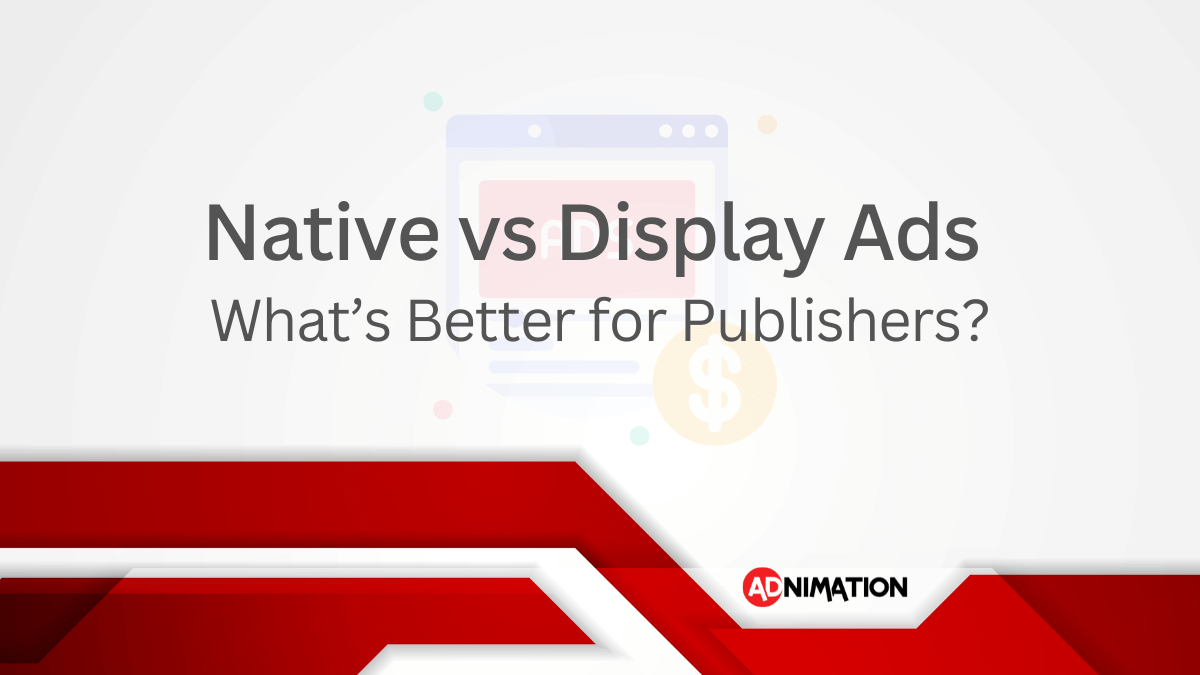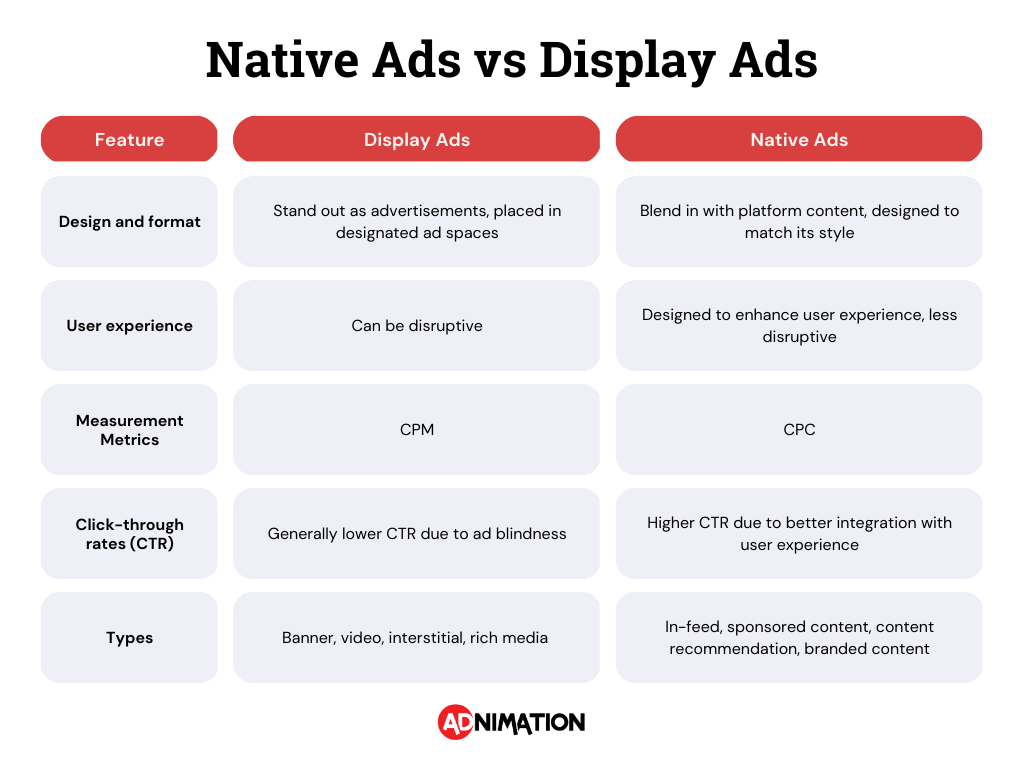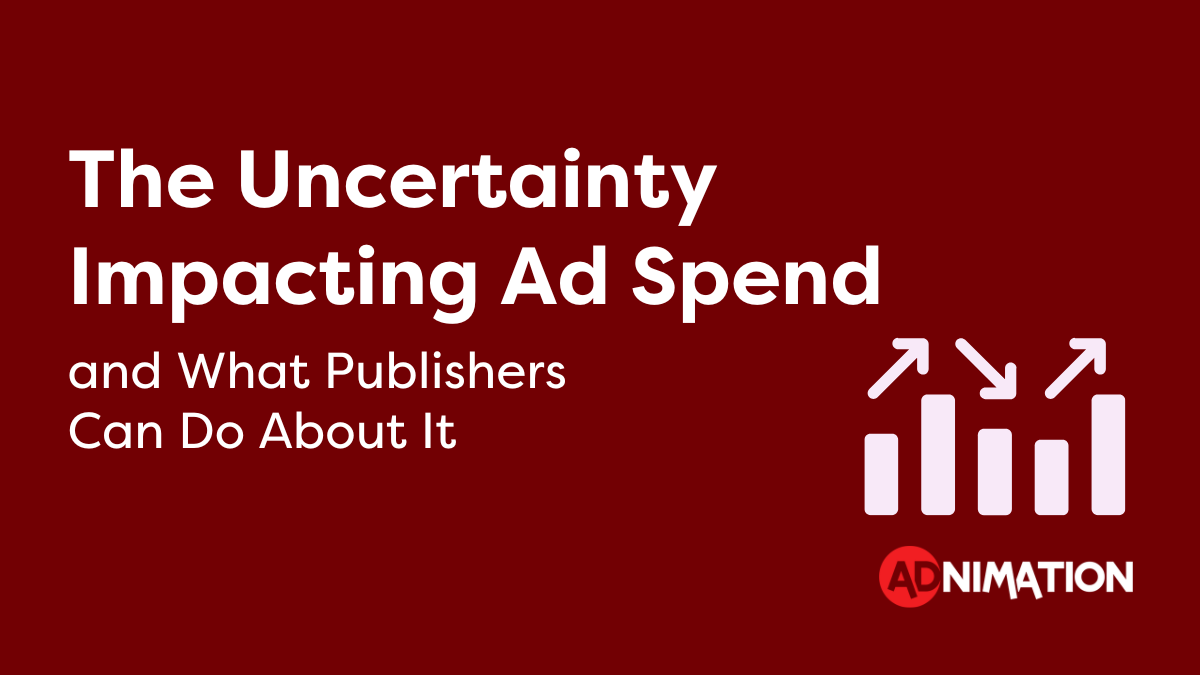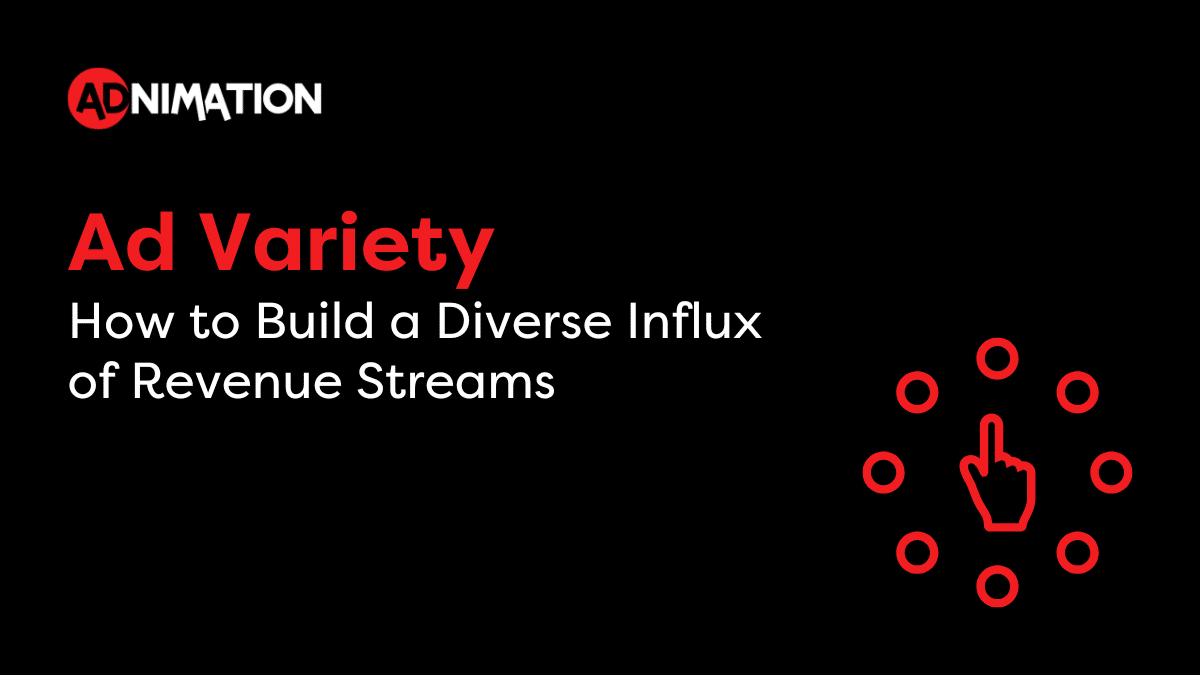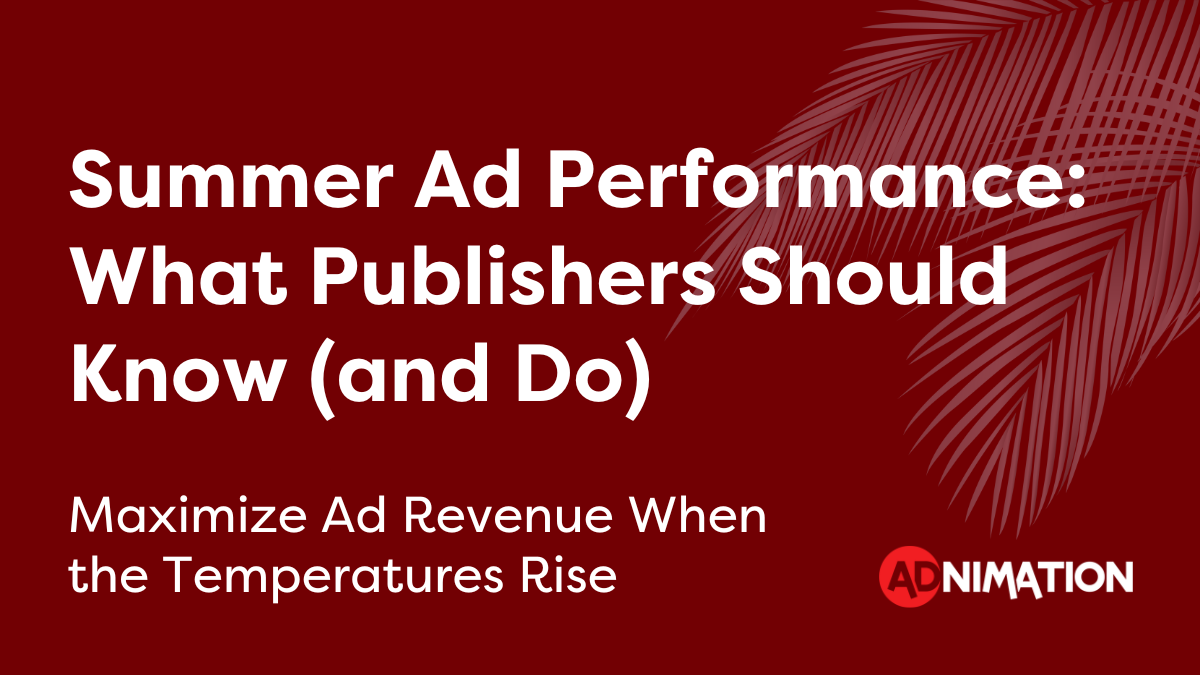Native ads and display ads are two of the most popular ad formats.
But what’s the difference between them and which ones are better for publishers like you?
In this article, we’ll break down everything you need to know about native vs display ads.
What Are Display Ads?
Display ads are traditional banner advertisements that appear on websites and apps.
They come in a variety of sizes and formats, and are typically placed in designated areas of a webpage, such as sidebars, headers, and within the editorial content.
Their primary goal is to grab the attention of users and encourage them to click through to the advertiser’s site or product.
What are Native Ads?
Native ads, on the other hand, are advertisements that blend in seamlessly with the content and design of the platform on which they are displayed.
They appear in the form of articles, videos, or images and are designed to match the look and feel of the site’s surrounding content.
The main objective of native ads is to provide value to users by offering relevant and engaging content that match the current content they are consuming.
Popular native ad networks include Outbrain, Taboola, and RevContent.
Main Differences Between Display Ads and Native Ads
- Design and format
- User experience
- Measurement Metrics
- Click-through rates
Design and Format
Display ads are explicitly designed to be advertisements, while native ads blend in with the content of the platform.
User Experience
Display ads can sometimes be disruptive to the user experience, while native ads generally offer a better user experience.
Measurement Metrics
For display ads, publishers are typically paid per CPM, or cost-per-mille (thousand impressions). Native ads, on the other hands, are typically measured by a CPC, or cost-per-click basis.
Click-Through Rates (CTR)
Native ads typically have higher CTRs compared to display ads, as they are better integrated into the user’s experience.
Types of Display Ads
- Banner ads
- Video ads
- Interstitial ads
- Rich media ads
Banner Ads
Banner ads are the most common type of display ads, typically found at the top, bottom, or sides of webpages.
Video Ads
Video ads can be displayed within content or as standalone advertisements, such as pre-roll, mid-roll, or post-roll ads on video platforms.
Both instream and outstream video ads can be highly engaging and effective in driving conversions.
An integral aspect of creating effective video ads lies in the accessibility and understanding of the content. Here, services like VEED’s tools come into play. With tools that allow you to add subtitles to video, generate subtitles automatically, and create video captions, the publisher’s video content becomes more accessible to a larger audience.
Not only does this improve user experience by catering to the needs of those who might prefer or require subtitled content, but it also enhances viewer engagement and comprehension, making your video ads more effective.
Interstitial Ads
Interstitial ads ae full-screen ads appear between content, such as between pages of an article or during a transition in a mobile app.
Interstitial ads can be more intrusive than banner ads but also yield much higher CPMs than traditional banner ads.
Rich Media Ads
Rich media ads are interactive ads that include elements like video, audio, or other multimedia content.
They offer a more engaging experience for users and can lead to better conversion rates.
Types of Native Ads
- In-feed ads
- Sponsored content
- Content recommendation
- Branded content
In-Feed Ads
These ads are placed within a publisher’s content feed, such as a list of articles or social media posts.
They appear as regular content items and are designed to match the look and feel of the surrounding content.
Content Recommendation
These are usually found at the bottom of articles or webpages and recommend relevant content or products to users.
While the recommended content may be from the same publisher, it can also be sponsored content from other brands.
Sponsored Content
This type of native ad involves a brand collaborating with a publisher to create a piece of content that promotes the brand’s products or services.
Branded content
Similar to sponsored content, branded content is created by a publisher in partnership with a brand.
However, branded content often has a stronger focus on storytelling and is less promotional in nature.
Which Ones Should I Choose?
The answer is: both!
Display ads and native ads each have their own unique advantages and can be utilized together to create a balanced and effective advertising strategy for your platform.
Here’s why you should consider using both display and native ads:
- Diversify your ad inventory
- Cater to different audience preferences
- Optimize user experience
- A/B testing and optimization
- Reach different marketing objectives
Diversify your Ad Inventory
By using both display and native ads, you can offer a variety of advertising options to potential advertisers. This can attract a broader range of advertisers and help maximize your ad revenue.
Cater to Different Audience Preferences
Not all users respond the same way to ads.
Some may find display ads more appealing, while others may be more inclined to engage with native ads.
By using both formats, you can cater to the preferences of a diverse audience, leading to higher overall engagement and revenue.
Optimize User Experience
Display ads can be used to fill designated ad spaces on your platform, while native ads can be integrated within your content to provide a more seamless user experience.
Balancing these two formats can help maintain a user-friendly environment without sacrificing ad revenue.
A/B Testing and Optimization
Using both ad formats allows you to test their performance and optimize your ad strategy based on the results.
By analyzing the performance of each format, you can make data-driven decisions on which ad types are most effective for your platform and audience.
Reach different marketing objectives
Display ads can be effective for brand awareness campaigns, while native ads can drive higher engagement and conversions.
By using both formats, you can cater to advertisers with different marketing objectives, further increasing your ad revenue potential.
Bottom Line
Using a combination of display ads and native ads is the best way for you to maximize your ad revenue.
However, it isn’t as simple as just placing the ads and forgetting about it.
Generating the highest possible ad revenue requires advanced technology and ongoing optimization.
And that’s where a monetization company like Adnimation comes in.
A Google Certified Publishing Partner (GCPP) and Google AdX Partner/Google MCM Partner, Adnimation uses a blend of sophisticated tech and a professional touch to maximize your ad revenue.
To learn more about how we can help, contact us today.

